HDR for real estate photography—good or bad?
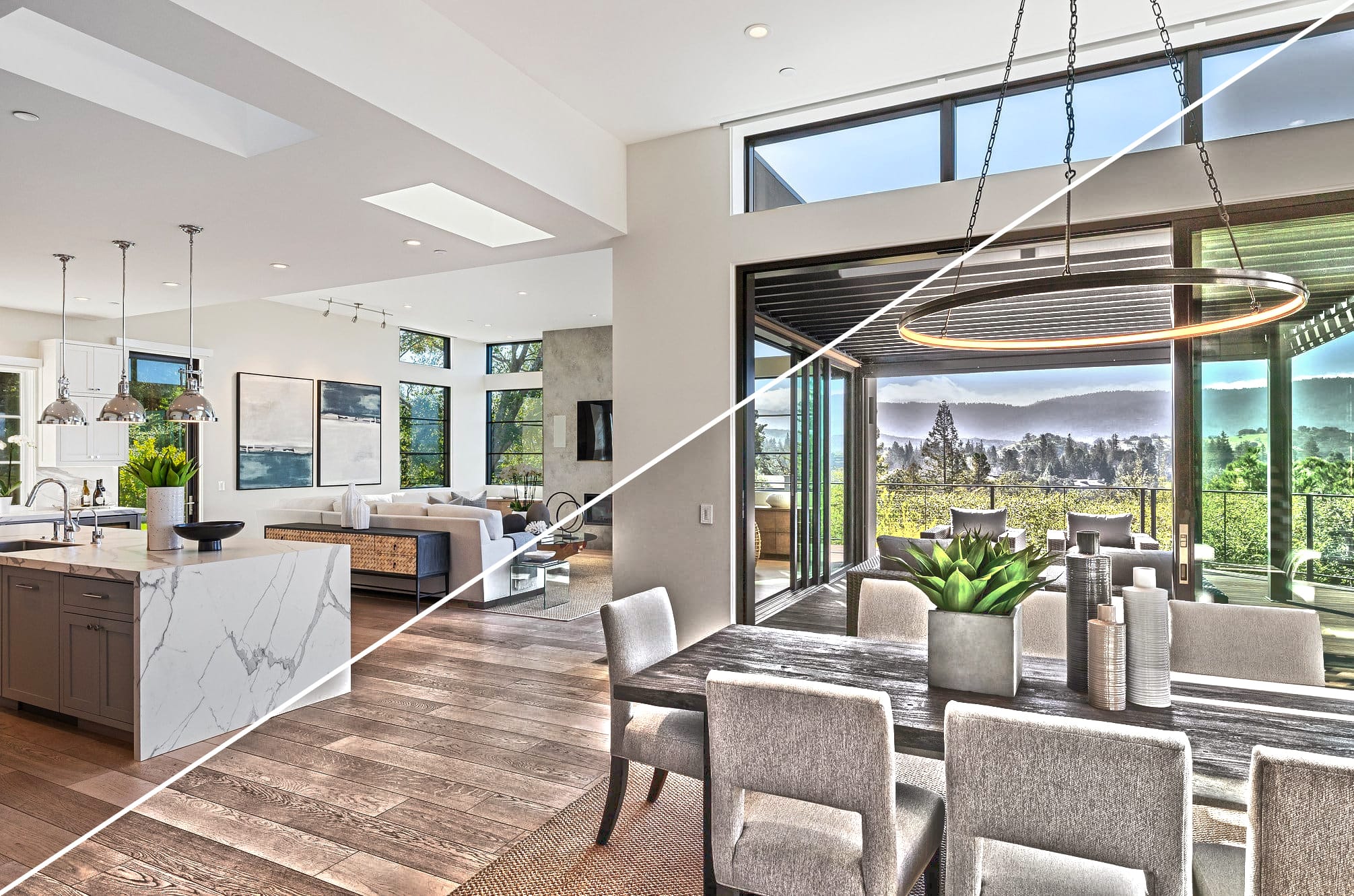
Introduction
In the world of photography, High Dynamic Range (HDR) imaging has revolutionized the way we capture and showcase images. By combining multiple exposures, HDR photography allows for stunning results with exceptional detail, vibrant colors, and a wide range of tones. HDR, or the use of multiple exposures (multiple images combined into one) is not new, but technology has brought new software-based ways of executing this process to reduce costs and time. However, these techniques have many pitfalls–especially in the real estate world–that agents and realtors should be aware of to capture their listings in the best light. Pun intended.
In this guide, we will delve into the principles, techniques, and differences between common HDR software processing and the ways Open Homes creates higher quality images with very high dynamic range.
Why should an agent care which techniques are used to process their photos?
At Open Homes, we insist on delivering the very best product possible. Over the course of 15+ years, we have created millions of photographs contributing to over $60B in real estate transactions. Those are millions of lessons learned about what works. Despite the fantastic innovations in technology in recent years, there is still no adequate substitute for personal attention to the details of each image. For every hour Open Homes visual artists spend shooting a property, we spend 3 hours or more in post-production.
In the old days, agents would take a single photo of a home, tape it to a flier and make photocopies, place them in the yard and wait. Buyers were often already in front of the home when becoming aware of it for the first time.

Why premium photography is important
In today’s real estate market, quality visual marketing is crucial as it is often the initial point of contact for potential buyers. Subpar images on platforms like Redfin or Zillow can deter buyers. According to the 2022 National Association of REALTORS “Home Buyer and Seller Trends” report, 99% of buyers aged 23-56 used the internet in their home searches. 67% were from Generations X, Y, or Z, who are more likely than older generations to search online before ever contacting an agent. Among online buyers, 84% found photos very useful, surpassing other factors.
Thanks to lingering effects of the COVID-19 pandemic and buyers becoming more trustworthy of online marketing, buyers are increasingly even making offers solely based on the home’s “screen appeal” — or its first impression online — without ever seeing the home in person. The significance of quality property photos cannot be overstated as they can significantly affect sale price and time on the market.
That said, when buyers see a property’s photos online, it’s unlikely they will be concerned with whether or not these photos were processed using HDR. It’s unlikely they’ll even know what HDR is unless they’re photographers. But they are aware of how the images make them feel. Buyers tend to trust images they perceive as looking natural, clean, and bright. They will imagine themselves more easily in the space and be more likely to want to see it in person.
What is HDR?
HDR simply stands for “high dynamic range.” Well, great. What is dynamic range? Dynamic range is the range of light and dark tones a camera is able to capture in an image. With too much light hitting the sensor, the image might have areas of pure white with no detail. With too little light, other areas of the image might be pure black with no detail. Ideally, every area of an image will contain detail. That’s what we like to see.
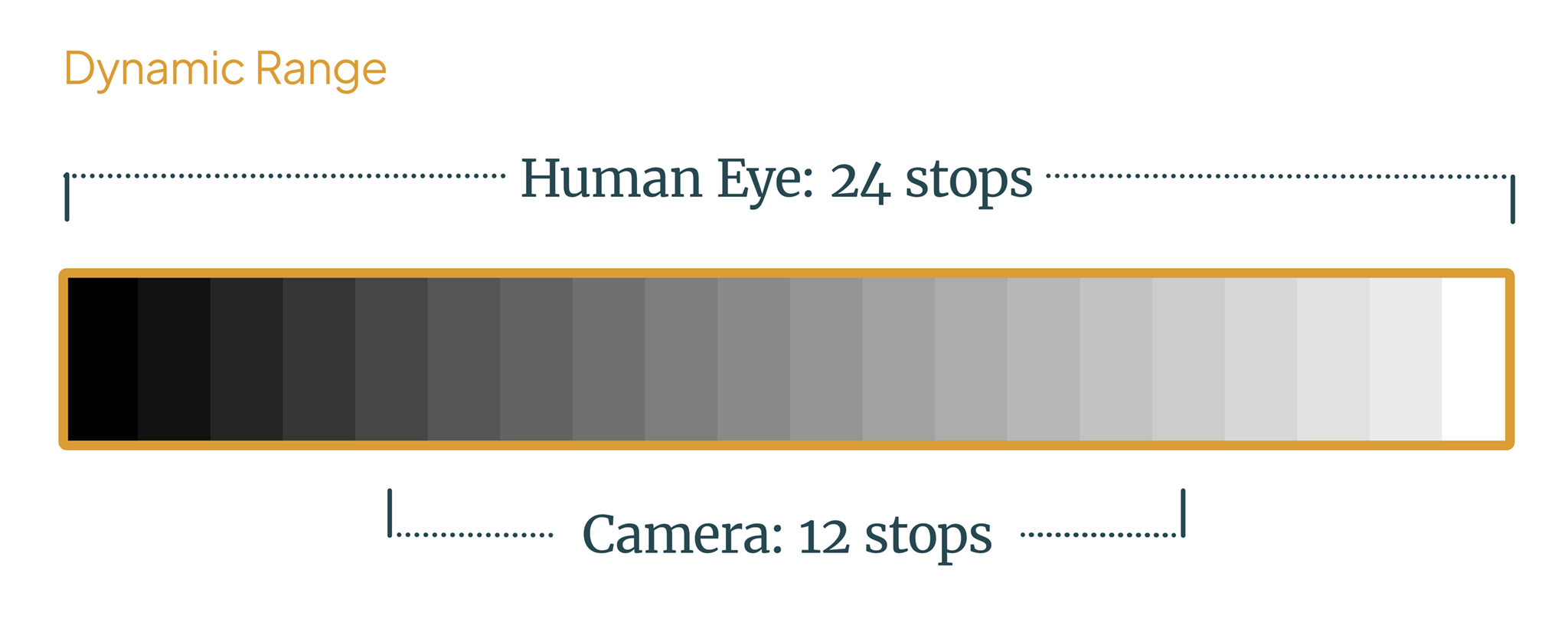
The human eye has a fantastic ability to see very bright and very dark tones all at once. This means our eyes have a high dynamic range. Far better than what a camera can capture. Since this is how we naturally see, photographs with blown highlights or crushed blacks appear unnatural and are unpleasant to look at.
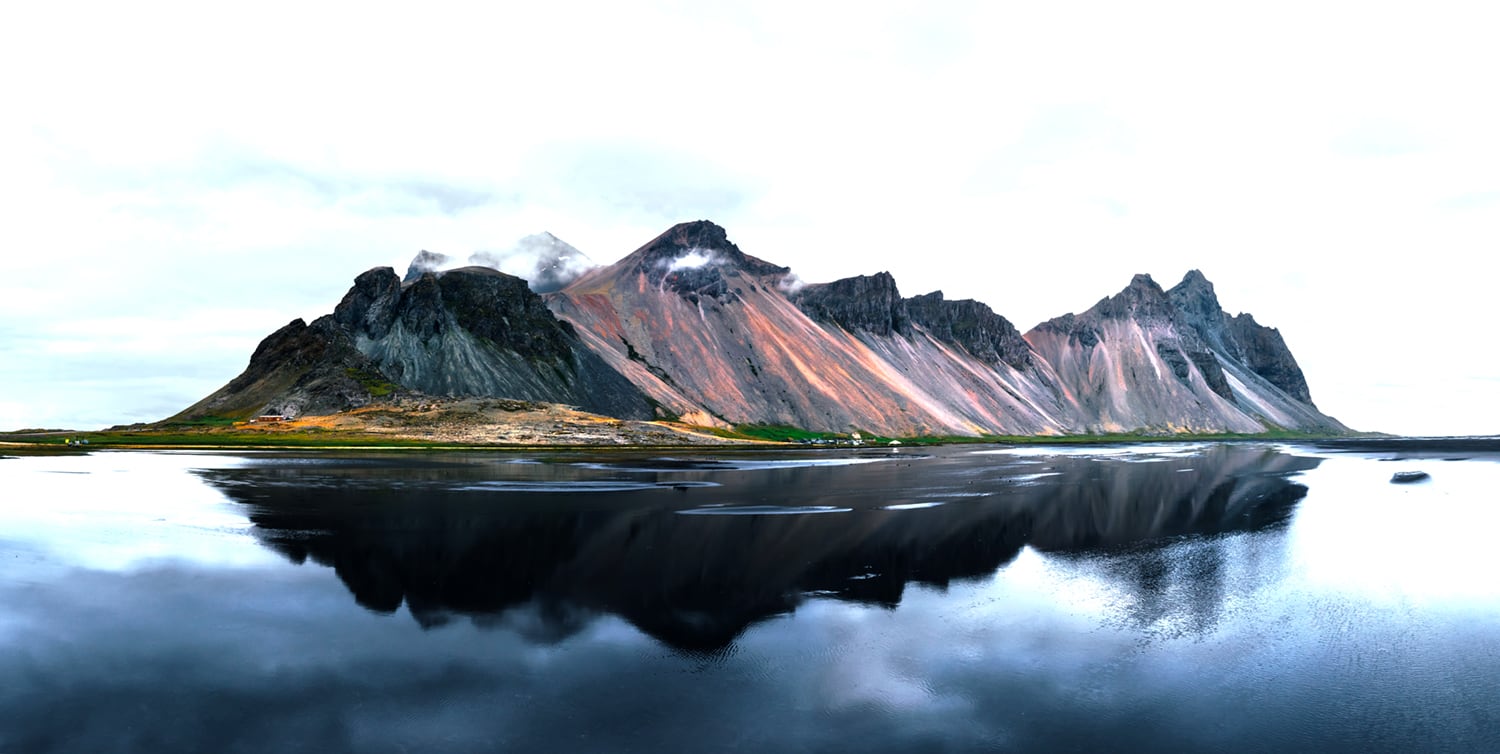
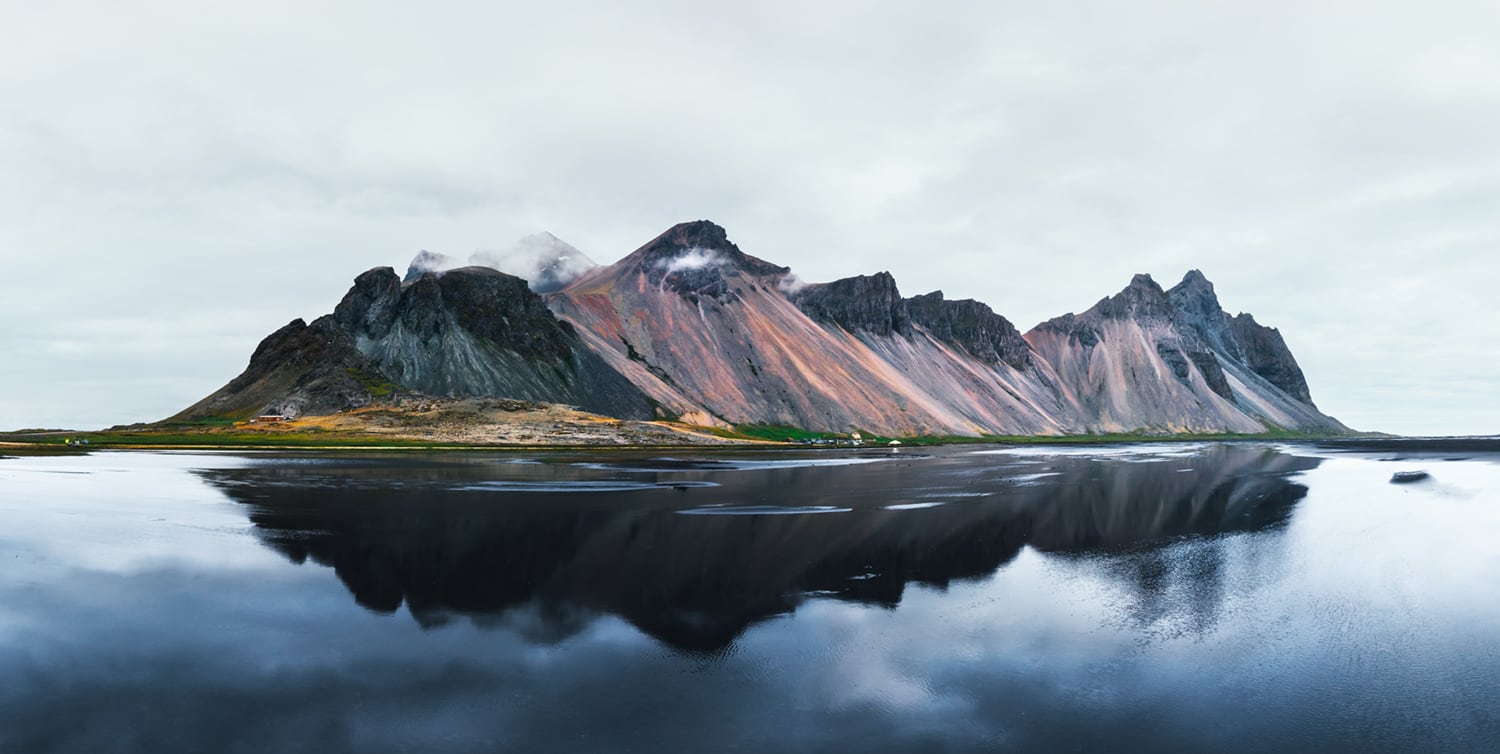
To compensate for camera sensors’ inability to record a wide range of values, various techniques have been developed to supply the missing light and dark detail in post-production. One technique involves shooting a series of exposures (some bright and some dark) of the same scene, then blending them together.
The problem with HDR
The term “HDR Photography” has become associated with one specific, automated method of blending images together. Photo editing software like Photoshop automatically combines the darks from the light photo and the light areas from the dark photo. This results in an image with no pure white and no pure black. Similar to how our eyes see. Sounds great, right? Well, like many quick-fixes, it comes with a few unwanted side-effects. During the merge, Photoshop or other software has to make decisions about how to blend the image together. This is where things can get ugly.
Automated HDR is good at some things, but not others. You might recognize the look:
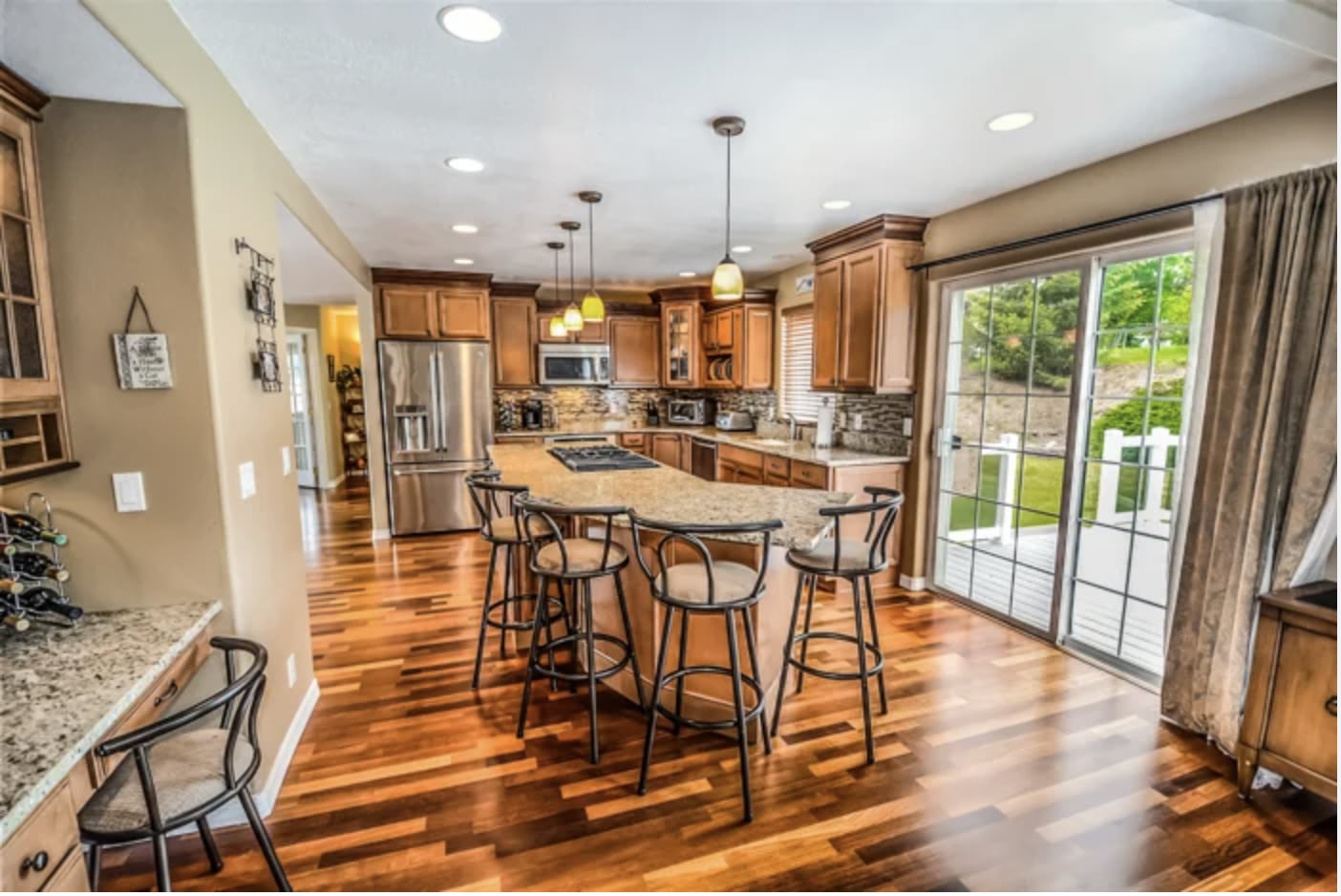
Automated processes are faster but also don’t consider the focal point, strengths, or weaknesses of each image. The results are sometimes hard to look at, and don’t help customers imagine themselves in the space. Images often feel dirty and dingy. Edges are overly sharpened. There is sometimes a strange glow or shadow around the edges of objects. Colors are distorted and oversaturated.
The Open Homes difference
In this image you can see we manually correct the best exposure and control contrast and saturation for a much more realistic look. While we’re in there, we also correct for lens distortion and perspective to make the composition more realistic. Software can’t really automate that nuance yet.
“Professional” automated HDR
In this HDR image, notice how the software combines all 3 exposures, which actually changes the wall color. There is also an unsightly glow and haziness around the windows. Since HDR software looks for large changes in luminance, it blends them together, causing poor shadows in room corners and areas that look like dirt or grime.
The Open Homes difference
At Open Homes, we manually mask windows and blend exposures, creating a crispness in the interior and exterior that can only be replicated by the human eye. This helps images appear the most realistic and natural. Moreover, our expert retouchers match the “swiss coffee” white and natural woods, keeping colors in check.
If the results of automated HDR are poor, why do some photography companies use it? To remain competitive, cost-cutting is an attractive approach, and HDR automation is a tempting option. Since most people don’t know much about photography post-production, companies might think no one will know the difference. Hopefully after seeing the HDR examples above, you’ll now recall seeing hundreds of similar images in property listings. Maybe you noticed something wasn’t right, but couldn’t quite put your finger on it. Now that you know what you’re looking at, you won’t be able to unsee it.
With the time and attention to detail we put into our images, Open Homes is actually a great value – less cost-per-hour than our automated HDR-using competitors.
What is our hand-crafted approach and why is it better?
While we do combine multiple exposures to correct for dynamic range problems, our retouching team works on each photo one-by-one merging images by hand. This means windows are manually masked for a seamless blend. The needs of each image are considered individually.
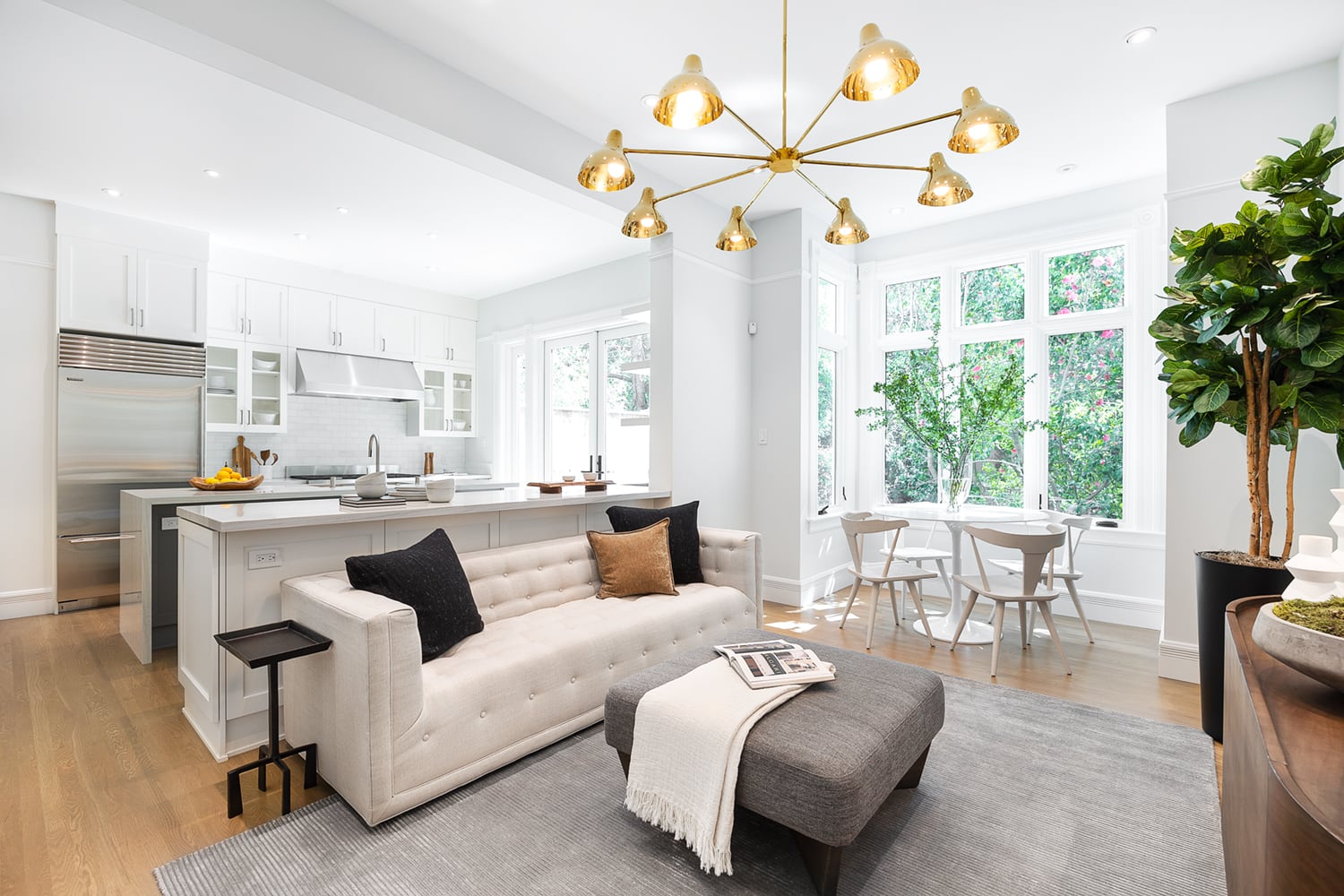

Results are more natural, halos are avoided, images are crisp and look real. The real win is that customers get an elevated and accurate representation of the property they can imagine themselves in without getting distracted by unnatural effects. We don’t want our images to be considered unnatural.

Conclusion
Open homes excellence begins with our seasoned and skilled photographers, but post-production is our secret sauce. We handle all the complexity on the backend to make working with us a simple, reliable, and profitable experience for our agents. This is just one of hundreds of ways Open Homes provides the best real estate photography product available today. When buyers buy and agents sell, we all do well.






